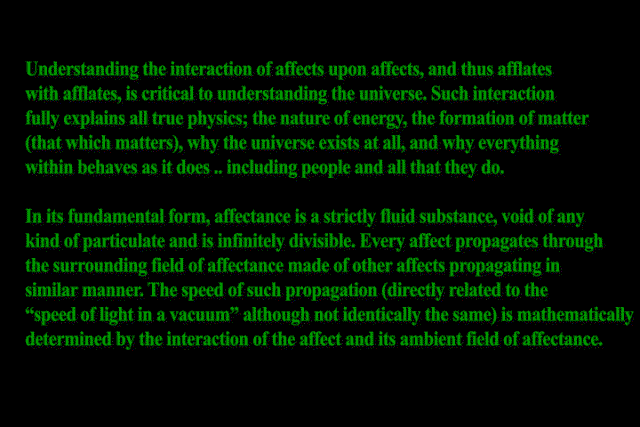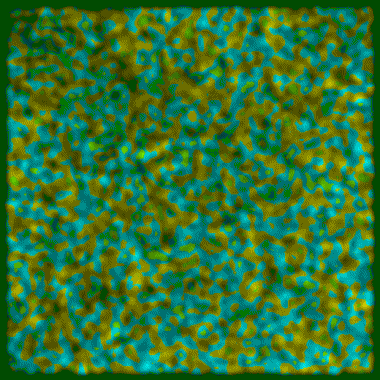Whether or not they should be kept separate depends on your purposes. My purpose in this argument is simply to say that a photon adds in the formation of a gravitation field ( ← there, I used your wording). Whether that turns out to be in virtue of a force exerting itself or the bending of spacetime around the photon makes no difference to my purpose. It doesn’t even seem to make a difference to your purpose. You seem to be saying, not so much that gravity is the bending of spacetime as opposed to a Newtonian force, but that it requires two or more photons interacting such as to create rest mass as opposed to a single photon creating gravity directly.
If your making an issue out of this for some other, more general, purpose–like trying to correct common misconceptions wherever and whenever they arise–as opposed to correcting my current point, then all the power to you. Can’t promise I’ll be all gung ho about your campaign, but if I can be bothered, I might think about the exact wording I use if it will make you happy. Just realize that if you catch me using the word “exert” or “gravitational force” I’m not trying to insinuate that Newton was right (or QM) and Einstein was wrong. I’m just using common lay person parlance.
I understand this of your theory, which is why I wonder about your fixation on “exert” implying a force. Would it make any difference if I said a photon bends spacetime?
I haven’t argued anything about a photon not being an EM WAVE. I thought is rather obvious that a photon is NOT a “STATIC electromagnetic field”, as one of your quotes mentioned.
Which quote? All I know about a static EM field is that it doesn’t vary with time. Obviously, this means you would need more than one photon (but I think the same would be true for “dynamic” EM waves as any way of determining variance over time requires at least two measurements which means at least two photons.
Go ahead and do that, but realize that I have stated that via their interaction, they (plural) will create a “mass-field”, which if in the form of a gradient, will be a “gravity field”.
What you are supposed to be trying to find is any reputable publication that states that “a photon exerts or creates gravity”.
Got it.
Only through their interaction with each other, NOT individually. A single photon does NOT produce, exert, create or really have anything to do with gravity other than to be affected by an already present gravity field. A single photon will migrate or “gravitate” within an already present gravity field.
I understand this to be your view, not necessarily that of the scientific community at large. If you can assure me that all the experiments on record that relate to the topic at hand fit perfectly well with your theories, then I will give you the benefit of the doubt, but so far I can’t take you as an authority on this matter.
It certainly does not, for heaven sake. Equations in physics are NOT definitions. They are equivalences of values, amounts, or measures. You can have energy without having the slightest amount of mass. Electric potential energy has absolutely no mass of any kind associated with it. Mass is one specific form of energy. If you change that form, you no longer have mass, yet still have energy.
I agree. I’m not saying that a particular instance of energy is always identical to matter, just equivalent–as in, if you had X amount of EM energy, that’s equivalent to Y amount of matter. I’m also saying that because matter can be converted to other forms of energy, its gravity generating effect will carry over to the energy of that conversion (at least that’s what my research tells me).
You are “unclear about” that because you haven’t bothered to ask of it before. And it might be a bit deep off topic on this thread, but since I am constructing a video introduction into RM:AO, briefly (as I have stated for years):
Those are early clips from the middle of the video (already updated and won’t stay online for much longer). They are .gif’s, so it will repeat in case it goes too fast for you to read. And it doesn’t tell everything. There is much more to the video, of course. You can consider those green puffs to be light photons if you wish, although they were defined as “afflates” (affectance oblates). A light photon is actually merely an extremely large afflate, but behaves the same as its infinitesimal little brother.
Note that those photons are NOT “particles” in that there is nothing self-sustaining about them other than the fact that they are made of EMR that is all traveling in the same direction and thus each portion experiences the same affects, thus the puff inadvertently stays together (forgiving the very tiny fraction of self-sustaining property that is inherent to any photon). When a light photon encounters a molecule or more of mass, it usually splits up as portions get absorbed into the motion of the atoms if not into the orbital levels of the electrons.
Thanks for the videos James. Visuals really help a lot. Good demonstration on how particles are formed. The point that afflates will be diverted in the direction of more dense afflates answers my question, especially the animation of a whole field of afflates being “sucked in” towards the concentration of affectance forming a new particle. It’s like a small object being diverted on its trajectory through space as it passes by a large planet or sun, and the formation of particles from a whole field of afflates being pulled into the concentration of affectance is like two neutron stars orbiting each other in a tight embrace, which when seen through a telescope might seem like an interstellar “particle” (with a frequency no less).
One point I’m a bit confused about is how affectance passing through affectance has a delaying effect yet affectance will be diverted towards a greater density of nearby affectance. The delaying effect implies a slowing down of the delayed affectance’s speed. But the diverting effect implies a speeding up, at least along the direction of the diversion (which, by the looks of it in the video, brings the diverted affectance into the field of the denser affectance). Can you explain that?
From what I gather so far, it seems that these kinds of behaviors at the level of afflates and the kinds of behaviors we see at the astronomical level (what we call the effects of gravity) are the exact same phenomenon–gravity, in other words, is a fundamental pattern of behavior that is built into affectance, whether that’s elementary units of affectance (afflates) or massive concentrations of them (planets and stars). Although you did say that a single unit of affectance (like a photon) doesn’t generate gravity, but in all case where one such unit diverts the trajectory of another, we are dealing with more than one unit (and the divergence counts as what you called an “interaction”). Is rest mass, therefore, just this interaction? I mean, the diversion of the smaller unit of affectance when it passes close to the larger unit is sort of the “beginning” of a mass particle being formed–not enough divergence for the smaller unit of affectance to be completely “pulled in”, but perhaps enough for a very brief emergence of what would look like “rest mass” (btw, is this how you explain virtual particles?).









